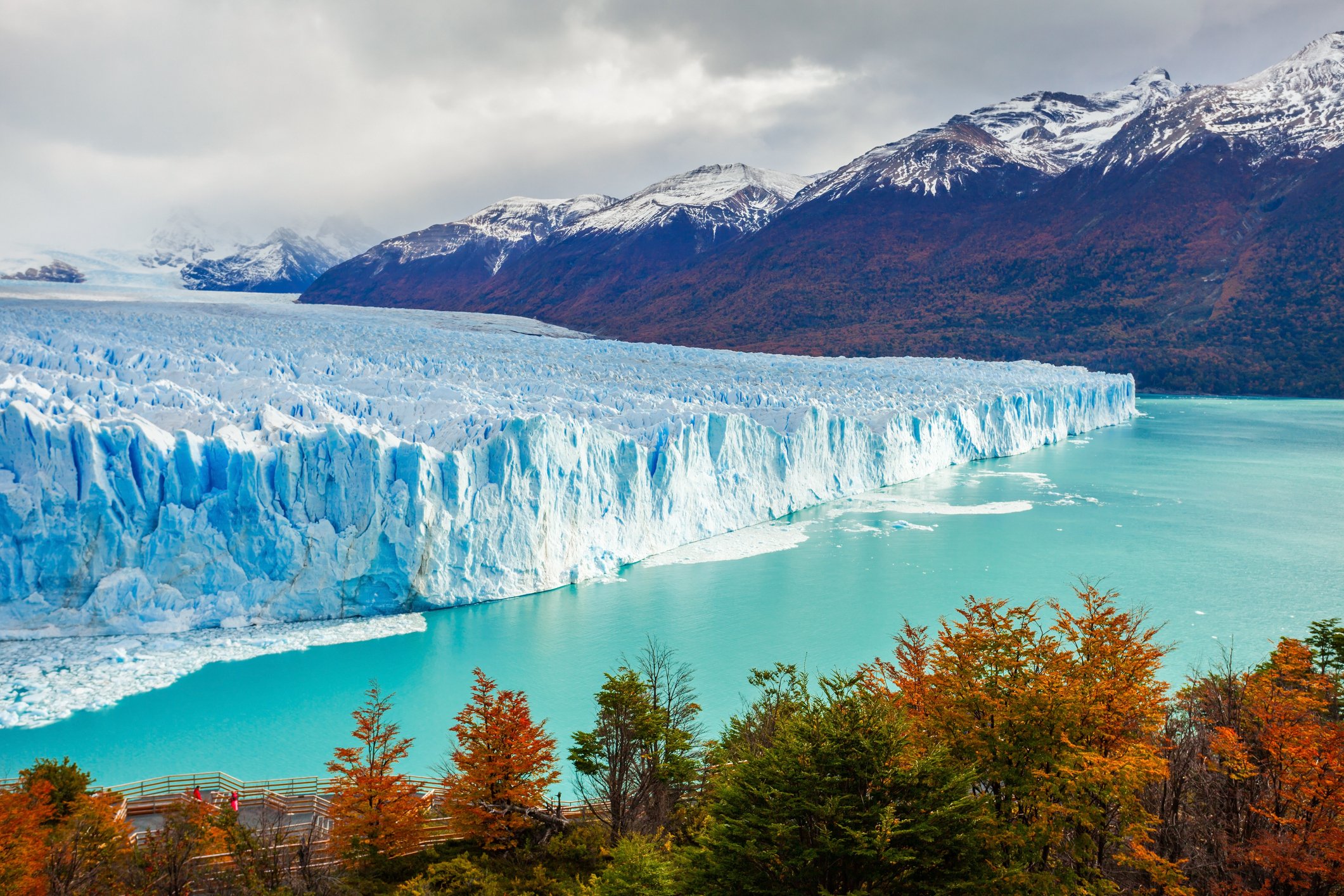Climate change is a concern for various areas of nature, whether due to the destruction of oceans due to pollution or the high consumption of fossil fuels. But it turns out that climate may be much more important than we think.
A new study published in the journal Nature by a team of geophysicists discovered that melting polar ice could change the length of time on Earth. The polar regions are one of the most vulnerable regions to global warming on the planet.
To maintain the accuracy of Coordinated Universal Time (UTC), humanity uses 450 ultra-precise atomic clocks, first set in 1969. The other most common method is accomplished by timing the Earth’s rotation; despite, Because this rotation fluctuated, 27 ‘leap seconds’ were added to maintain the official time standard.
As scientists explain, global warming is causing the ice in Greenland and Antarctica to melt, which could affect the Earth’s rotation rate and lengthen the length of a day. Fortunately, the team claims that: this effect cannot be perceived by humans; So for now there is no way to feel the change in daily life.
“The historical relationship of time to the rotation of the Earth has caused Coordinated Universal Time (UTC) to follow this rotation closely. Because the rotation speed is not constant, UTC contains discontinuities (leap seconds) that make it difficult to use in computer networks. Since 1972, all UTC discontinuities have required the addition of a leap second. Here we show that increased ice melt in Greenland and Antarctica is slowing the Earth’s angular velocity faster than before, as measured by satellite gravity,” the study explains.
Length of time and melting of ice
At the current rate of melting, there will be no need to add a ‘leap second’ planned for 2026 to ensure time keeps pace with the Earth’s rotation, according to geophysicist Duncan Agnew of the University of California, San Diego. Thus, ‘leap second’ will only be implemented in 2029.
Official timekeeping is considered an extremely important area; Even just a ‘second’ delay can affect communications networks, the internet, financial markets, among others. A ‘leap second’ is occasionally added due to the somewhat unstable rotation of the Earth.
“Forecast trends for the core and other phenomena relevant to predicting the future orientation of the Earth indicate that UTC as currently defined will require a negative discontinuity by 2029. This will create an unprecedented problem for computer network time and may require changes to UTC to be made earlier. than planned. “If the melting of the polar ice caps had not accelerated recently, this problem would have arisen 3 years ago: global warming is already affecting global timing,” the article explains.
Did you like the content? Stay up to date with more studies on the impact of climate change on Plateta Terra at TecMundo. If you want, take the opportunity to understand what would happen if the Earth stopped rotating?
Source: Tec Mundo
I’m Blaine Morgan, an experienced journalist and writer with over 8 years of experience in the tech industry. My expertise lies in writing about technology news and trends, covering everything from cutting-edge gadgets to emerging software developments. I’ve written for several leading publications including Gadget Onus where I am an author.












